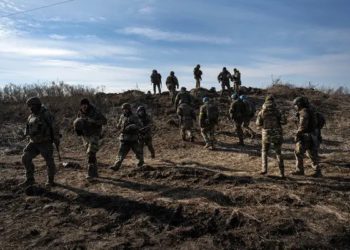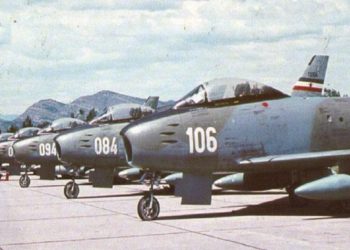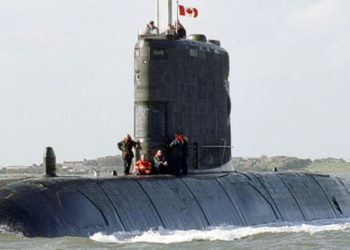General Heinrici: The Poison Dwarf
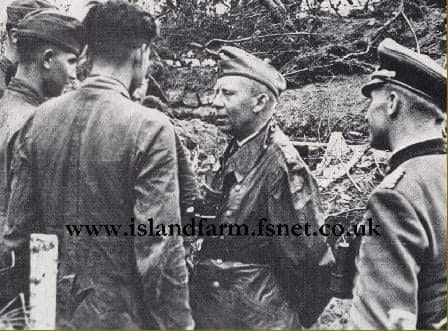
Gotthard Heinrici is often considered the premier German defensive tactician of WWII. Born into a Prussian family that had produced soldiers all the way back since the 12th century, Heinrici joined the 95th Infantry Regiment in 1905. He was 19 years old.
During WWI, he took part in the invasion of Belgium before being transferred to the Eastern Front, where he fought at the First Battle of the Masurian Lakes and the Battle of Łódź. In 1916, he was sent back West just in time to take part in the Battle of Verdun. By 1917, he was posted to the German General Staff. Within three years, he had been awarded the Black Wound Badge and the Iron Cross Second and First Class.
Heinrici was married to a “part-jew” wife and was deeply religious. He also refused to join the Nazi party in the 1930s, which did not make him very popular with his hierarchy. Nevertheless, he was promoted to XII Army Corps (1st Army) commander right on time for the invasion of the low countries. Heinrici became one of only two commanders to penetrate through the Maginot Line (the other one being Rommel).
Operation Barbarossa and Eastern Front
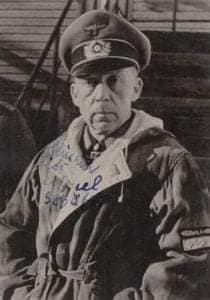
During Operation Barbarossa, Heinrici led the men of the XXXXIII Army Corps at the battles of Minsk, Kiev, and Moscow. In 1942, he was given command of the 4th Army.
By 1943, the German army was on the defensive in the East, and Heinrici was fast proving his excellence in that role. At the Battle of Orsha in 1943, Heinrici and his 190,000 men delayed a Soviet thrust for over a month. Heinrici slowly yielded ground, plugging gaps in his lines with just the right amount of reinforcements, moving men from quieter areas toward the center of gravity of the Soviet offensive, and rotating men in and out of the line regularly so every man received some much-needed rest. By the time Heinrici retreated, he had lost 35,000 men. Estimates for Soviet losses range from 200,000 to 530,000. Heinrici had faced odds of 12-1 and had come out of it with his army intact and in good order.
Heinrici was a quiet simple man and was loved by his men for his ability to inflict a maximum loss on the enemy while keeping his own losses to a minimum. His soldiers also appreciated his down-to-earth manners: he wore his old World War I boots and field cap instead of the more flashy WWII era ones. During winter, he wore an old winter coat with his ranks on his sleeve rather than the German issue jacket with ranks on the collar. He was not flamboyant or charismatic, but he got the job done.
Refusal of Scorched Earth Policy and Subsequent Suspensions
In 1943, during the Battle of Smolensk, Heinrici received a direct order to set the whole city on fire before retreating. Heinrici refused to implement this scorched-earth policy and was subsequently suspended. By then, he had already been awarded the Knight’s Cross and Oak Leaves.
By 1944, the situation in the East was desperate and Heinrici was recalled to Ukraine. He immediately called for a massive German retreat to shorten the German lines that were overstretched and therefore too thinly defended. Hitler was incensed and fired him again. As a result, the German 4th Army was destroyed by the Soviet Operation Bagration.
Heinrici was again recalled for service in the summer of 1944, right on time to safely guide the 1st Panzer Army back out of Bulgaria and into Slovakia, preventing the Soviet army from linking up with the Slovakian resistance. The German lines were disintegrating right and left of him, but his own command remained cohesive.
Command of Army Group Vistula and Final Days
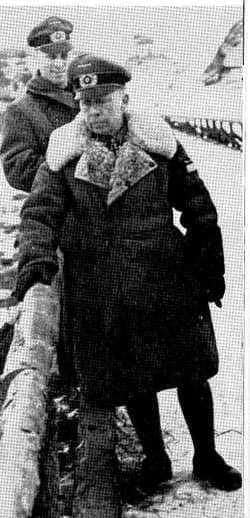
In early 1945, he was awarded the Swords to the Oak Leaves of his Knight’s Cross and put in nominal command of Army Group Vistula, chosen to defend the approaches to Berlin.
On the 16th of April, the Soviets launched an assault on Berlin. Heinrici defended his position from the Seelow Heights. He temporarily withdrew his men from their lines before the Soviets unleashed their usual gigantic preparatory artillery barrage on the German defensive positions. When the Soviets finally launched their assault, the German lines were fully manned. Despite an advantage of 10-1 in manpower over the Germans, it took the Red Army 3 days and 30,000 dead to finally break the deadlock.
Heinrici even managed to withdraw his men west of Berlin before the Soviet troops finally managed to surround the German capital. Heinrici then started maneuvering north of Berlin in order to stabilize the front there and avoid a total collapse of the German lines. Keitel, CiC of the German armed forces, asked Heinrici to give up this endeavor and instead attempt to break through back into Berlin to save the Führer. Heinrici refused and was therefore sacked for a third time.
He was summoned to Berlin when a colleague tipped him off that he might end up being executed. Heinrici never answered the summons from his hierarchy and instead headed south to hand himself over to the British.
Post-war Contributions
In the 1950s, Heinrici helped create the Operational History (German) Section of the United States Army Center of Military History, established to harness the operational knowledge and experience of German commanders during WWII.
-RBM



